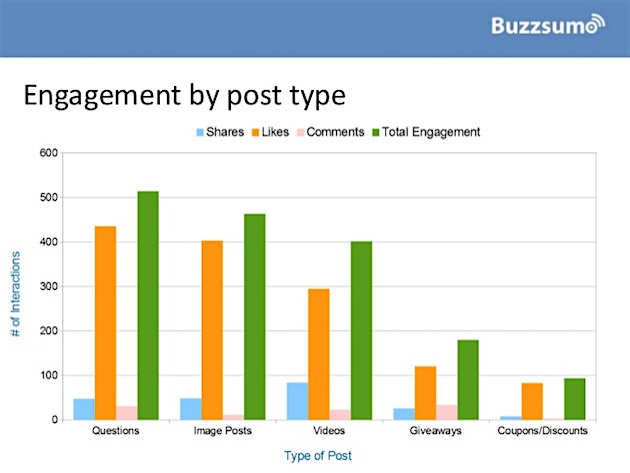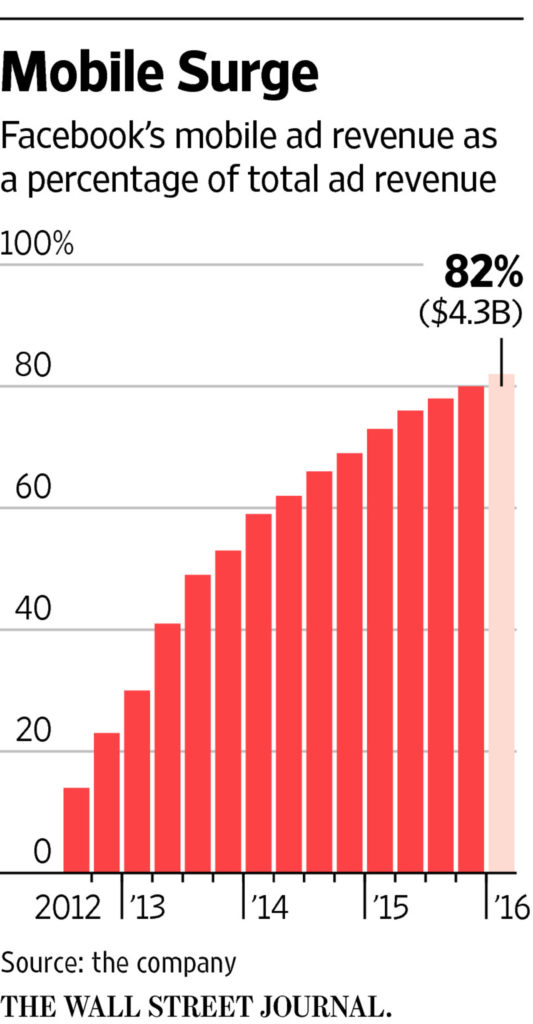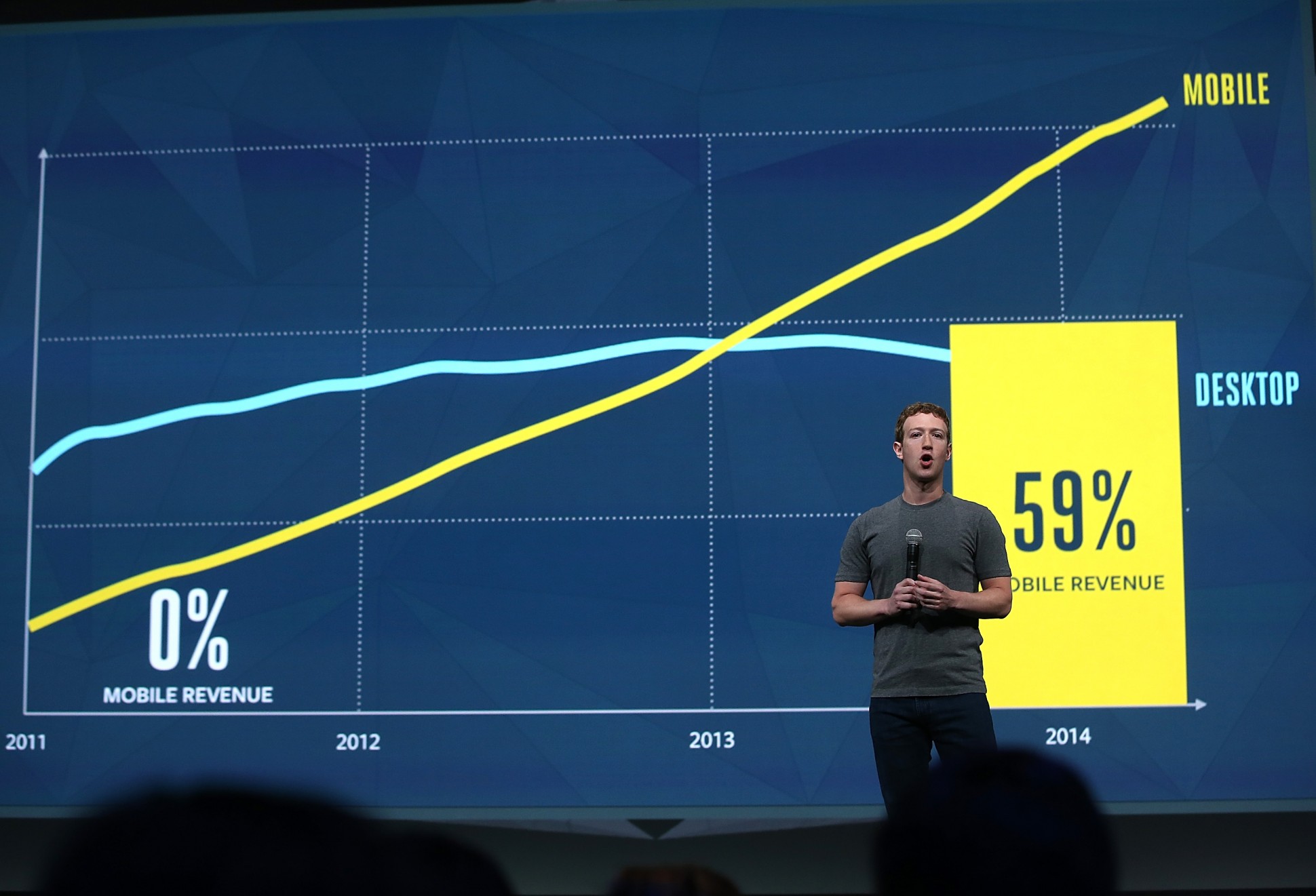Reports came out on June 10 that Facebook has just introduced a new feature where users can upload a video when commenting to a post. The move seems to be in line with Facebook’s aggressive push on the video front, and comes at a time when live video feeds are open to the public under the Facebook Live service.

Source: iMarketingProfs
Next to questions and image posts, videos have the highest engagement rate among Facebook users and, in my opinion, Zuckerberg and his team are attempting to break that disparity. Technically, the new feature will not be considered a post since it only appears in the comment section; however, it would seem that overall engagement and time spent on Facebook will likely increase as users start to post videos as comments.
The feature itself is not completely new. Even as far back as 2011, users could link videos within their comments, and it would appear as a link with a preview and a citation of the original video source. However, those would have to be external videos that you merely link within your comment – not a video upload per se.
With the new feature, you can either upload an existing video or create a new one in response to a post. Simply click on the comment box, and then pick the camera icon. You’ll now see that there’s an option to upload a video to the comment. Simple!
Zuckerberg’s Master Plan for Mobile Video
The question arises now of the intent behind introducing this new feature, and I think that has everything to do with the direction Facebook is taking. Zuckerberg has iterated several times that video is, indeed, the future of Facebook; but take that one step further and you could say that mobile video is where the real future lies.

Mobile ads are already contributing up to 80% or more of Facebook’s ad revenues (as of Q2 2016), so it’s not going to be a major shift when mobile video starts to contribute the lion’s share to the company’s earnings.
Users already have the option of allowing ads to be served within their content, with a 55% share going to the creator of the video. Sources say this will encourage partners to upload even more videos – and of a higher quality because they want these videos to be clicked on. To circumvent the annoying element of YouTube-style “pre-roll” video ads, the ads on Facebook auto-play, but are muted. It’s only when the user clicks on the ad does it go to full screen with the audio turned on.
Attacking the video play from another angle, Facebook has also introduced premium video ads that are served the same way as regular video content, but are made more visible in order to increase user engagement. Video viewing has been increasing at a rate of 50%, and publishers are excited about the fact that they can quantify the views, control audience targeting and get accurate reports on how much they’re spending to promote these videos against the returns they make on their marketing spend.
In summary, I would say that the introduction of video commenting is merely another piece of the mobile video puzzle that Facebook is putting together for the future. As the company keeps adding the pieces, a clearer picture is emerging from the haze of the crystal ball – one that shows Facebook becoming a video-rich mobile platform with numerous monetization opportunities waiting to be taken advantage of.
“Facebook has become “synonymous with mobile,” Carolyn Everson, Facebook’s vice president of global marketing solutions, said at a recent investor conference. “I think that the next frontier is becoming synonymous with mobile video.””
Source: Fortune



